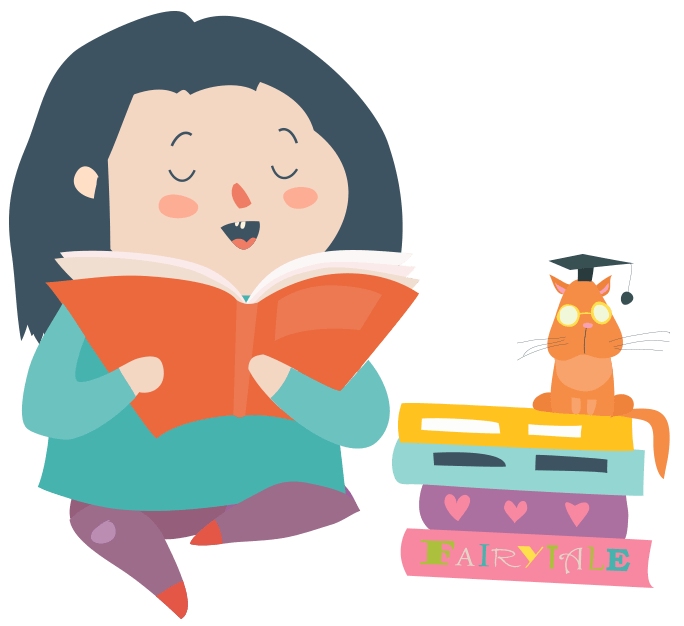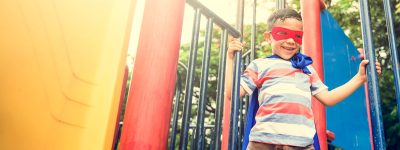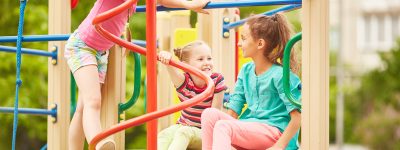Why Choose
Enep'ut Children's Center
We at Enep’ut strive to give our children something to help them learn and grow in a developmentally appropriate way. We have many enthusiastic, creative, and adventurous kids at Enep’ut; a curriculum that keeps them focused and helps them learn is crucial. We feel that there isn’t just one curriculum on how children learn best, but good pieces from a lot of them. Below is a list of the curriculum where we sample different approaches, making the Enep’ut Curriculum truly one of a kind.
Our teachers roles are, educators, observers, and partners in learning. They will scaffold a child’s development as they learn and grow so do the activities so they continue to be challenging. Teachers and students grow and develop together. Teachers are mentors,supporters, learners, educators and one of the biggest resources in the classroom.



Learn about
Our Curriculum
Infants & Toddlers

The curriculum in the infant/toddler room is structured to best suit your infant/toddler’s individual needs. Each child receives personal attention from their teachers throughout the day with diapering, feeding, cuddling, rocking, singing, and finger plays. The Creative Curriculum for Infants and Toddlers is a comprehensive curriculum that helps teachers create the very best program for your child.
To add structure to their day, we keep a daily chart to record your child’s activities, eating, napping, and elimination habits. The daily chart can be emailed to you at the end of each day. Our main goal is to do what’s best for your child developmentally, and we welcome your input. You are the expert on your child!
Goals For Infant/Toddler Learning:
Goal: To learn about self and others – Social/Emotional development
Goal: To learn about moving – Physical Development
Goal: To learn about the world – Cognitive Development
Goal: To learn about communicating – Language Development
Through the Educaring®Approach that honors infants and young children as equal members in relationships, we are dedicated to creating a culture of people who are authentic, resourceful and respectful. Our work is inspired by the natural integrity of infants and the formative power of relationships in their lives. When allowed to unfold in their own way and in their own time, children discover, manifest and inspire the best in themselves and in others. We are profoundly committed to sharing the opportunity to see infants with new eyes. (RIE, 2016)
We follow Magda Gerber’s 10 key principles based on a philosophy of respect:
#1 Involve Infants and Toddlers in things that concern them. Don’t work around them or distract them to get the job done faster.
#2 Invest in quality time, when you are totally available to individual infants and toddlers. Don’t Settle for supervising groups without focusing (more than just briefly) on individual children.
#3 Learn each child’s individual way of communicating (cries, words, movements, gestures, facial expressions, body positions) and teach yours. Don’t underestimate children’s ability to communicate even though their verbal language skills may be nonexistent or minimal
#4 Invest time and energy to build a total person (concentrate on the “whole child”). Don’t Focus on cognitive development alone or look at it as separate from total development.
#5 Respect Infants and Toddlers as worthy people. Don’t treat them as objects or cute little empty headed people to be manipulated
#6 Be honest about your feelings around infants and toddlers. Don’t pretend to feel something that you don’t or not to feel something that you do.
#7 Model the behavior you want to teach, Don’t preach.
#8 Recognize problems as learning activities, and let infants and toddlers try to solve their own. Don’t Rescue them, constantly make things easier for them, or try to protect them from all problems.
#9 Build Security by teaching trust. Don’t teach distrust by being undependable or often inconsistent.
#10 Be concerned about the quality of development in each stage. Don’t rush infants and toddlers to reach developmental milestones.
The infants run on their own schedule and have their needs met on demand. The toddlers have a slightly more organized schedule as we know schedules changes as toddlers change.
Preschool

The Reggio Emilia philosophy. What is the Reggio Emilia Approach? The Reggio Emilia approach is an educational philosophy focused on preschool and primary education. It is a pedagogy described as student-centered and constructivist that utilizes self-directed, experiential learning in relationship-driven environments. The program is based on the principles of respect, responsibility, and community through exploration and discovery through a self-guided curriculum. At its core is an assumption that children form their own personality during early years of development and are endowed with “a hundred languages”, through which they can express their ideas. The aim of the Reggio approach is to teach how to use these symbolic languages (e.g., painting, sculpting, drama) in everyday life.
The Reggio Emilia philosophy is based upon the following set of principles:
– Children must have some control over the direction of their learning;
– Children must be able to learn through experiences of touching, moving, listening, and observing;
– Children have a relationship with other children and with material items in the world that they must be allowed to explore;
– Children must have endless ways and opportunities to express themselves.
The Constructivist Curriculum follows the theme of child-centered learning, where the child uses their own knowledge, experience, and values to understand what they are learning in a way that is developmentally appropriate for them. We use this philosophy as a tool for our teachers. Thinking of learning as child-centered will enable our teachers to acknowledge the individualism and different learning styles of the children.
Emergent curriculum is a way of planning curriculum based on the student’s interest and passions as well as the teacher’s. To plan an emergent curriculum requires observation, documentation, creative brainstorming, flexibility, and patience. Rather than starting with a lesson plan, which requires a “hook” to get the children interested, emergent curriculum starts with the children’s interests. This is not to say that the teacher has no input; in fact, teachers may well have a general topic they think is important for children to study, and they may purposely include certain materials or experiences related to it as jumping off points. We believe it is important that teachers observe and really get to know the children and their interests. Having a lesson plan built from a child’s interest will not only draw the child in, but will allow the teachers to see things through the child’s lens.
Montessori Education is characterized by an emphasis on independence, freedom within limits, and respect for a child’s natural psychological development. Using these as direction in lesson plans and environment, Montessori has a natural and systematic way of learning and teaching
– Self-preservation
– Orientation to the environment
– Order
– Exploration
– Communication
– Work, also described as “purposeful activity”
– Manipulation of the environment
– Exactness
– Repetition
– Abstraction
– Self-perfection
– The “mathematical mind”
In the Montessori approach, these human tendencies are seen as driving behavior in every stage of development, and education should respond to and facilitate their expression. We use Montessori structure and organization to bring our plan of open-ended, creative, child-led, and focused lessons together in a calm and organized fashion. Enep’ut’s curriculum is then implemented by teachers who observe, document, and make the necessary changes that help all of the children learn at their own developmental level.
In the preschool room, we have a large age range, and a matching wide range of activities suited to the developmental needs of preschoolers. We have learning centers throughout the classroom. Each child has the opportunity to work at their own pace and level of ability. The learning centers are designed to encourage creativity and imagination. We believe that children, especially older toddlers and pre-K children, learn most effectively by hands-on experience, and we encouraged them to make decisions, solve problems, learn to share, and give and receive graciously. Our hope and ultimate goal is that your child will develop a positive self-image and self-confidence.
School Aged & Summer Care

For the school age children, Enep’ut is a structured, yet fun environment. It is a great combination of continued learning and socializing in both indoor and outdoor activities. After a long day at school, your child can find a quiet area for working on homework (and receive assistance, if needed), choose fun activities to work on, socialize with friends, or just relax with an interesting book. Please see our summer program designed specifically for the school-age and preschool children as an example of upcoming activities for next year.
School-age Summer Program (Children 6-12 Years):
We provide an active learning environment where the children attend hands-on lessons and are able to connect what we discuss with what they are experiencing. Our weekly subjects are based on what the children are interested in learning and what new things we discover as the weeks go by. The school-age children may participate in field trips, including nature walks, to destinations such as Creamer’s Field, UAF Museum of the North, UAF Large Animal Research Facility, Calypso Farm, and Noel Wien Public Library. Enep’ut provides transportation or uses the FNSB bus system. We also walk to places close to Enep’ut such as the Farmer’s Market. We want your children to have a great summer full of intriguing, interesting projects that will both challenge them as well as focus them on things they have been learning during the regular school year.
How we run our day
Time Table

Toddler Schedule
7:30-9:00 am Arrival and Free Play
9:00 am Diapers/clean up/transition tunes
9:15-11:00 am Small group times
11:00 am diapers/transition tunes
11:00-11:30 am lunch/clean up
11:30 am-12:30 pm Gross Motors
12:30 pm Transition for nap
1:00-3:00 pm nap time
3:00-5:30 pm Free play/toddler lead activities/Diapers/snacks
Snack time is done when the toddlers demand.

Preschool Schedule
7:30 am – Prep, Arrival, Choice of Activities
8:00 am – Hand washing, Breakfast (if brought)
8:45 am – Journal
9:00 am – Group Time/Snack*
9:30 am – Groups Rotate/Snack*
10:00 am – Groups Rotate/Snack*
10:30 am – Groups Rotate/Snack*
11:00 am – Choice Activities*
11:45 am – Lunch
12:15 pm – Transition for nap
1:00 pm – Nap
2:45 pm – Early risers/non nappers
3:00 pm – Snack starts/Choice Activities*
5:00 pm – Clean up, departure, limited activities
5:30 pm – Clean up and go home
*Outside when weather permits
